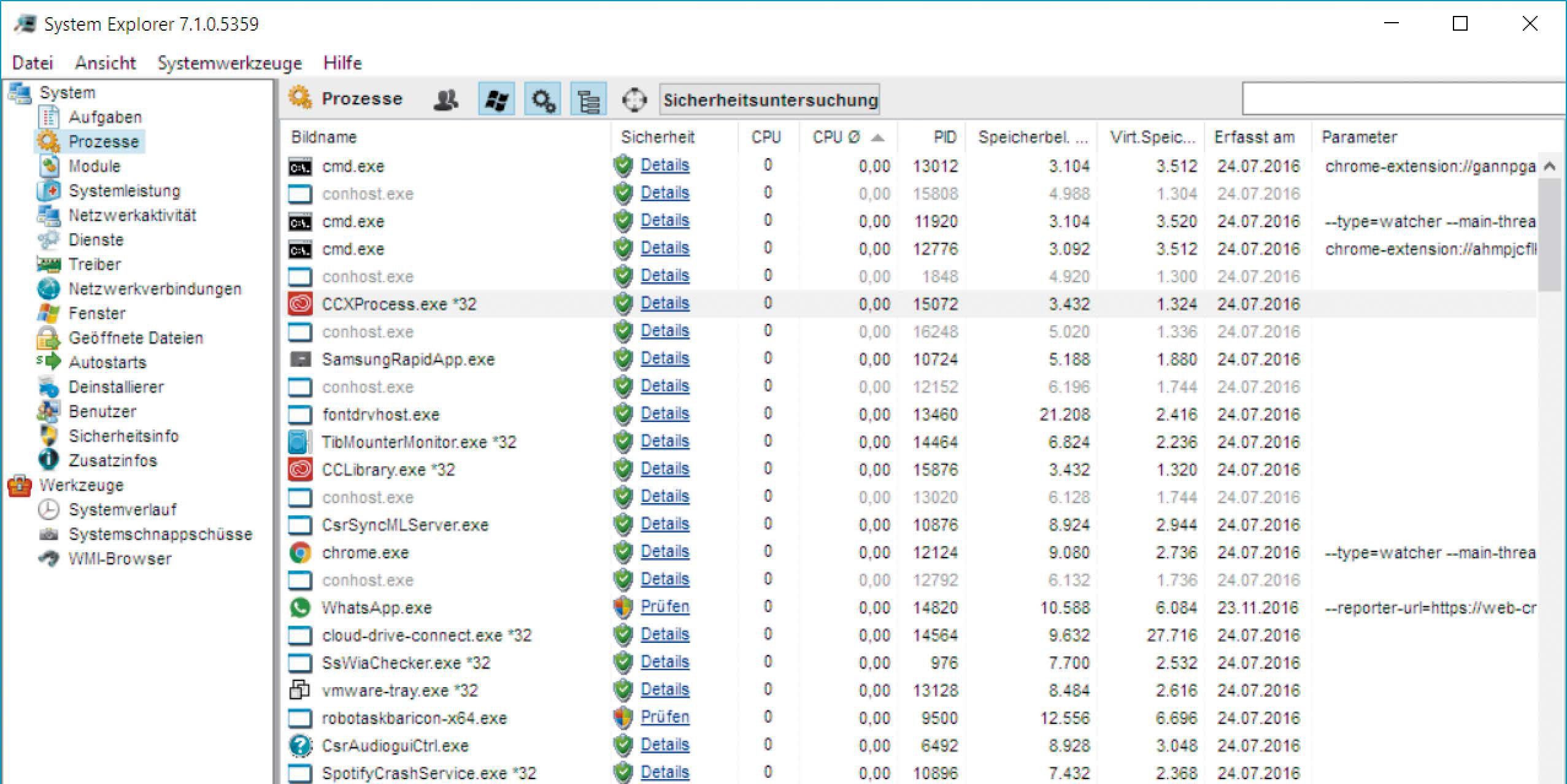
These symptoms indicate a malware infection, and it is possible that it has taken over legitimate processes, such as explorer.exe. Sometimes, you’ll notice several performance issues on your computer, such as sluggishness, presence of ads, frequent app crashes, and even BSOD errors. In this case, all you have to do is restart the explorer.exe process to fix any explorer.exe error that is causing you trouble. For example, if the explorer.exe process is not working right, you might experience an unresponsive Taskbar, problems clicking.exe files, frozen Desktop, slow copying of files, and other issues.

In the example below, the explorer.exe file is only 4,311 KB.Įxplorer.exe is not a critical process to the running of Windows, but it might affect other aspects of the computer. The explorer.exe file can be found in the folder C:\Windows, and it is only usually a few bytes in size.

When you right-click on Windows Explorer and choose Go to details, you will be directed to the explorer.exe process.Įxplorer.exe is a graphical shell component that manages the displaying of the file management user interface that allows users to open, copy, cut, delete, move, and perform other actions with files on the computer. But in Windows 10/11, you will see a Windows Explorer folder instead. In earlier versions of Windows, you will see the explorer.exe under Task Manager. It is an executable file that can be found on all computers running the Windows operating system.

It is responsible for displaying the Taskbar, Desktop, and other UI features of Windows. You don’t have to worry because this is a legitimate Windows process that is responsible for the file management interface. When you look at the processes on your computer using the Task Manager, you might notice the explorer.exe running in the background, even though nothing is going on your computer. About Outbyte, uninstall instructions, EULA, Privacy Policy. Compatible with: Windows 10/11, Windows 7, Windows 8


 0 kommentar(er)
0 kommentar(er)
